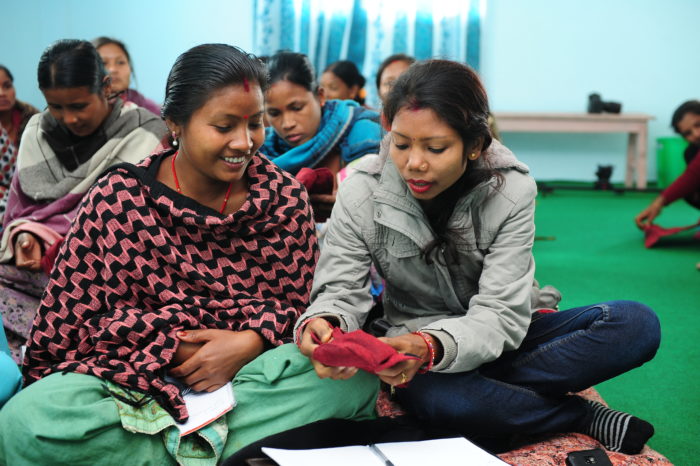
I was very interested when my classmates, a group of five Global Health students at the University of Washington, presented their group assignment. Their assignment was to create a proposal that would strengthen the health system in Nepal, a very important topic especially after the earthquake last year.
The main source of their information was not direct experience or contact with people from Nepal, but news and reviews of literature.
Me — a UW graduate student and a Nepali myself — had many questions after seeing my classmates’ presentation. While I saw a lot of good intentions, I didn’t see an emphasis on input from the people in the area they were trying to help.
Skipping over community input seems to be common practice for class projects during my experience taking courses about Global Health at the UW. But while some may think that no one would be harmed with hypothetical school projects, this practice could have long term effects. Students can’t develop the practical skills of creating partnerships with the local communities where they someday will work.
I am from a low-resource country and have been involved in implementing programs back home. From what I’ve seen, if students aren’t trained to work with local communities, when they are workers for organizations they’ll be doomed to fail.
This approach is not unique to the UW. It’s been a problem for decades with many agencies trying to help.
One example was the failure of a sanitary pad project in Nepal designed by outsiders. The group tried to introduce cloth sanitary pads that they said were hygienic and environmentally friendly. They trained local women to make the pads, and hoped those women could make a living from that enterprise. But the napkins were not accepted by the local women, and the project failed.
The intention was good and the project was a success in other places. But part of the problem in Nepal may have been the presumptive attitude that the sanitary pads would be adopted, instead of finding a way to collaborate with the local women.
Interestingly, the idea eventually came to fruition — but with some important differences. A few years later I was part of an organization that worked with the same community. The women from that community came up with their own version of a cloth sanitary pad. This time, the women suggested the pads be made from local materials, and was made at home and not purchased. The women also offered a different design that worked better for them. This time, the idea was accepted readily in the community.
I believe our group was successful only because we took local input from the beginning.
Ways to change
Students need to learn the importance of local input and instructors should emphasize local expertise every time, even during hypothetical exercises. University instructors also need to make sure students acknowledge a lack of in-country experience as an important limitation.
The instructors themselves also should have enough humility to say they might not be the best person who can teach about a particular country or area, and connect with someone who has.
This is certainly not the only problem in Global Health studies — or in international aid practice. Medical volunteerism by students can place a burden on local hospitals, which must provide interpreters and space for visitors to work. Global health research priorities often are determined by donors, and not by participating communities that can best identify needs. And researchers presenting to peers at conferences often fail to acknowledge the local people who worked on the projects with them.
So amidst these problems, how do we move forward? I have a few proposals:
One is for professors is to involve people who have local expertise, even if that expertise takes effort to find. A way to make that easier is to increase the number of International Students admitted into Global Health. In a recent program evaluation meeting of a global health program at UW students said that having diverse International Students in their program have brought the feel of authenticity to group assignments and has made their learning experiences richer.
Another proposal is for universities to hire faculty from diverse backgrounds and to increase the university’s partnership with local community-based organizations in different countries. Visiting faculty from universities abroad could also enrich the learning experience.
Oddly, some of the push in this direction is not coming from the university programs themselves. Many major donors and research funders have recognized the problem, and now are incentivizing projects that partner with local organizations. But whoever takes the lead on making these changes, the important thing is to foster the necessity of local input. Global Health classrooms need to adopt this change. And the best way that we can start is from ourselves.
Editor’s note: The views and opinions expressed here are solely of author and do not represent the views of the Fulbright program or the host institution.

